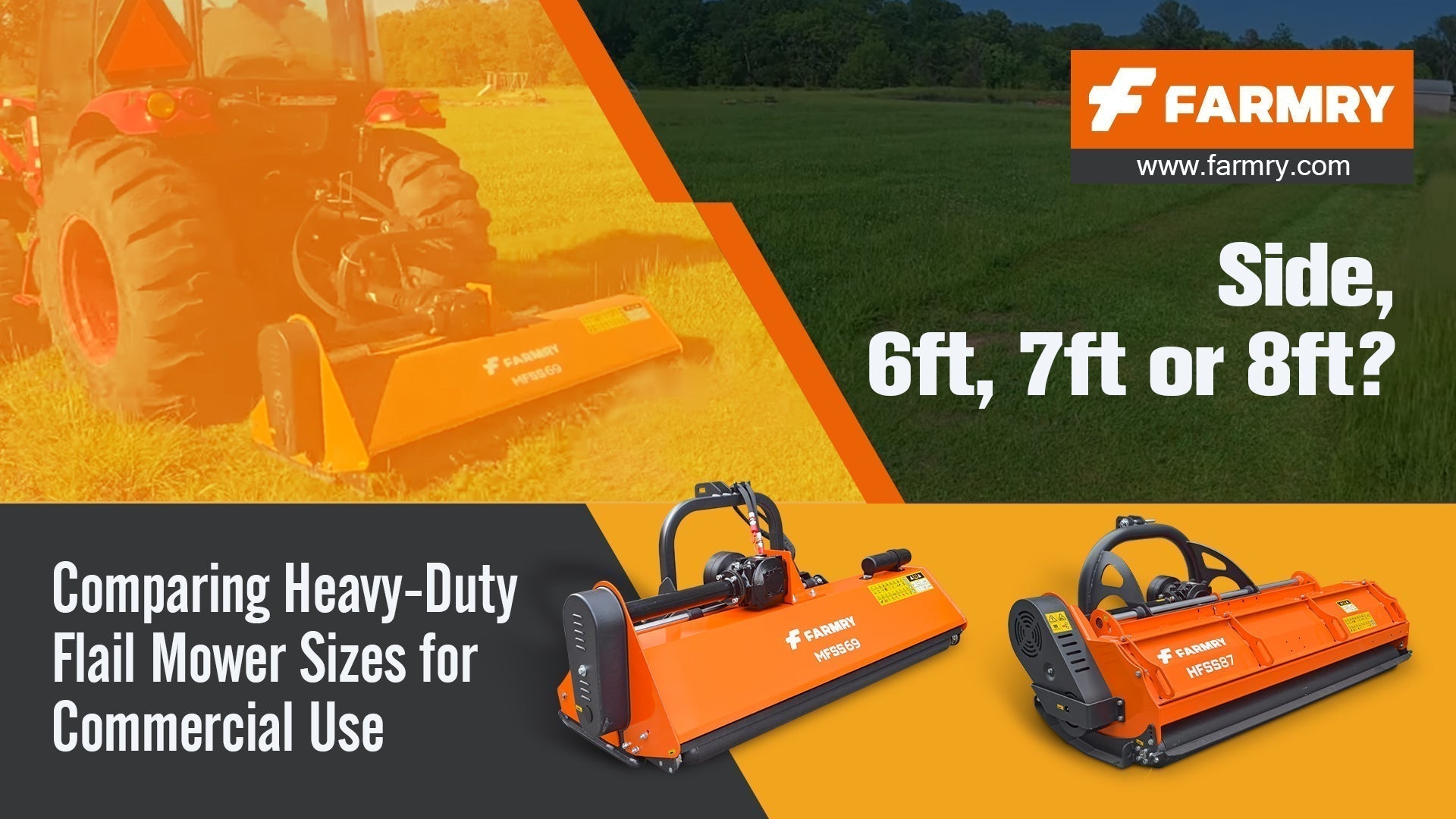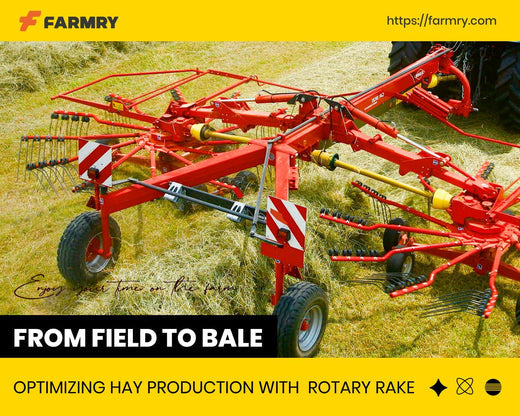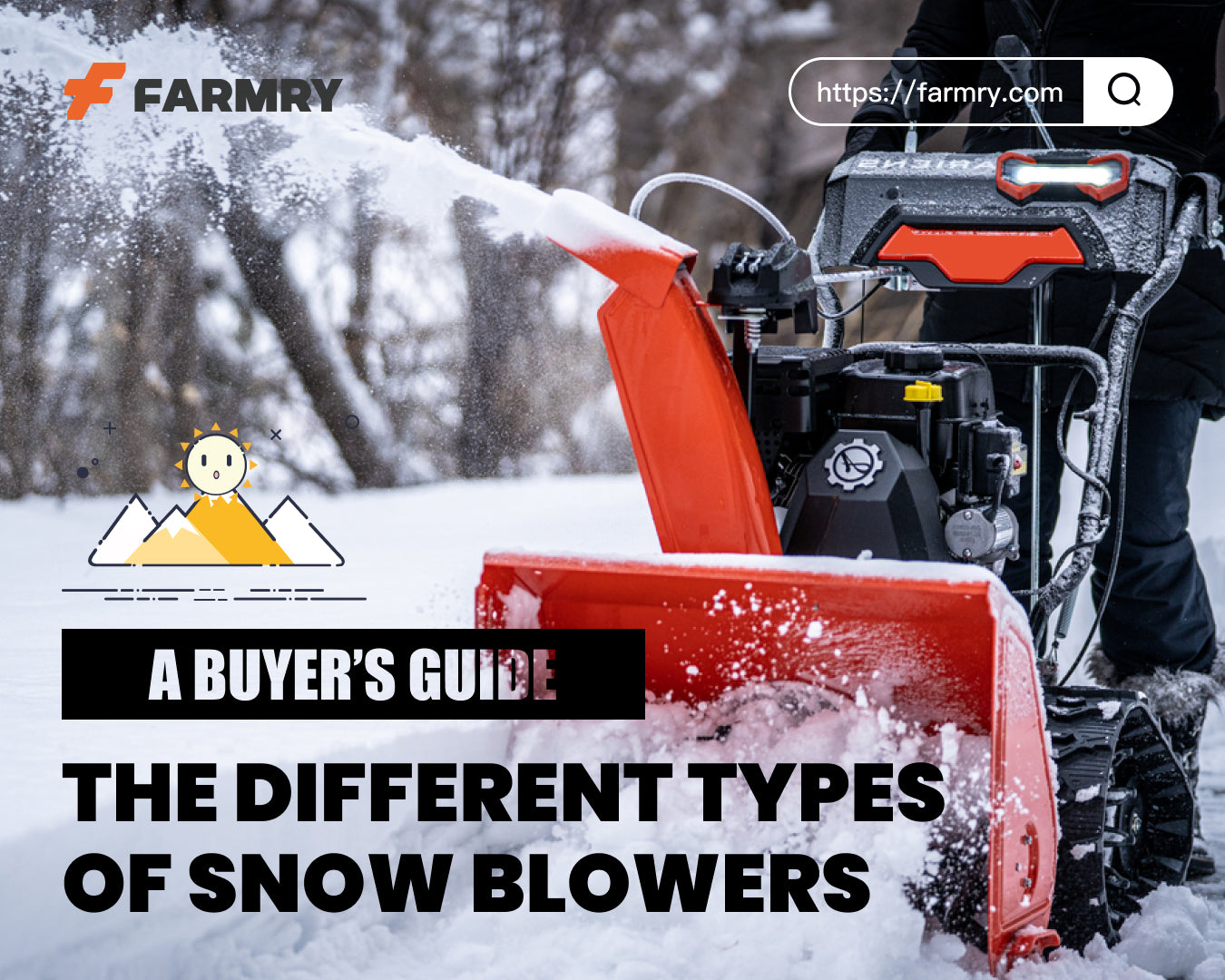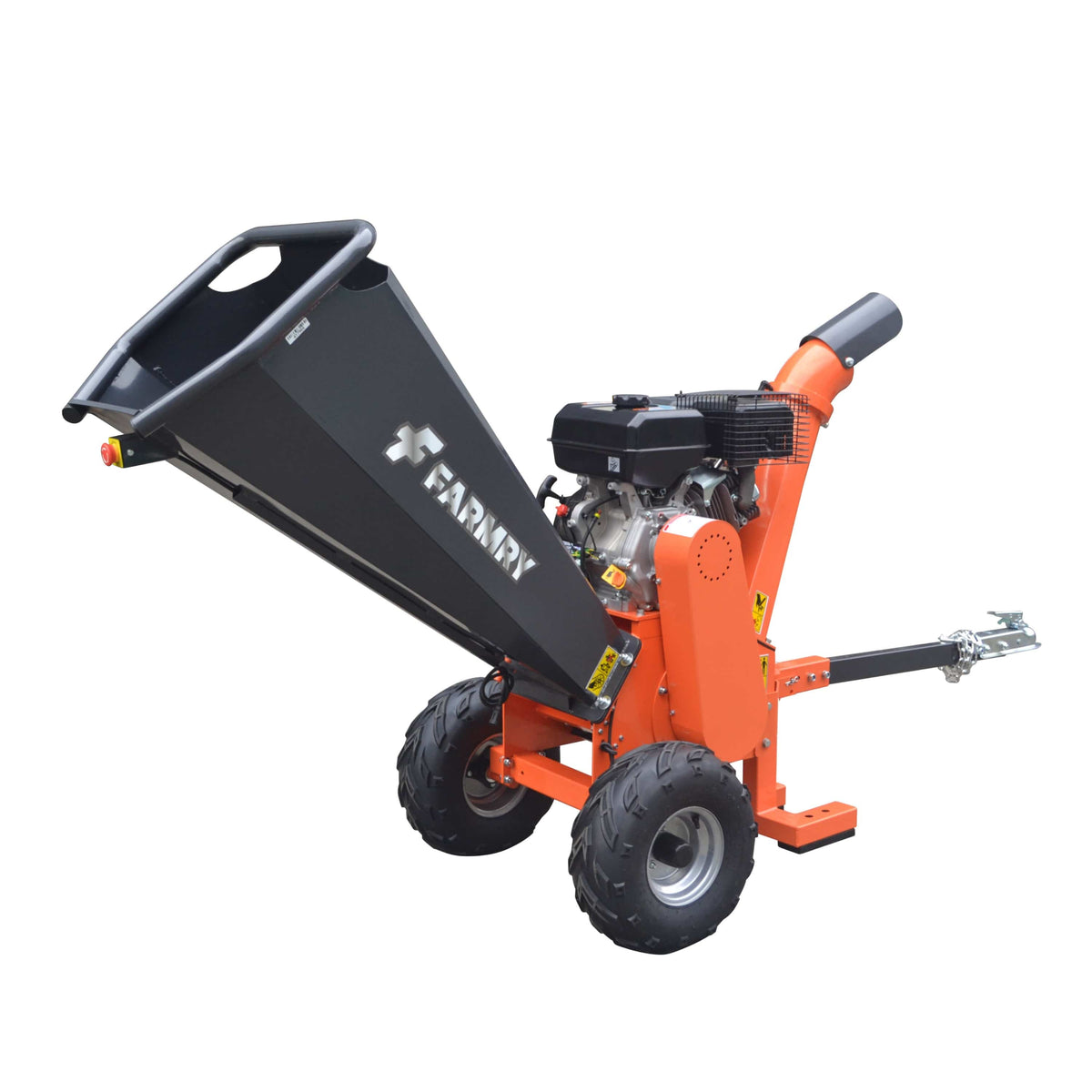What Type of Vegetation Can a Flail Mower Handle?
 What Is a Flail Mower? And What Type of Vegetation Can It Handle?
What Is a Flail Mower? And What Type of Vegetation Can It Handle?
When it comes to managing land—whether it's clearing pasture, embankments, or overgrown grass—many first-time buyers ask what is a flail mower and what is a flail mower used for. Think of it as the perfect tool for professional-grade mowing beyond what a standard lawn mower can handle.
In this comprehensive guide, we’ll explain everything you need to know—from how these machines work to what types of vegetation they can clear—to help you decide if it’s the right machine for your needs.
What Makes a Flail Mower Unique
Unlike rotary mower blades, which swing hard and can launch debris, flail mowers use a rotating drum fitted with multiple flail knives—or blades—on flexible links. As the drum spins, the blades swing outwards and chop vegetation into fine mulch.
Key advantages include:
-
Safer operation—flails don’t spew hidden rocks
-
Superior mulching—delivers a much clean cut
-
Works well over uneven ground and variable terrain
These machines are often powered by your tractor’s mowers PTO shaft, and designs like Farmry’s use high-quality gearboxes and balanced rotors, making them versatile and durable.
What Vegetation Can a Flail Mower Handle?
Tall Grass & Overgrown Grass
Ideal for large grassy areas, flail mowers shred long and tall grass into mulch, preventing thatch buildup and promoting quick regrowth.
Clearing Brush & Saplings
Thanks to hammer blades, dense brush and saplings up to 1–2 inches thick are no match for a flail mower—they slice through it cleanly.
Weeds, Vines, & Underbrush
Perfect for jungle-like conditions, flails handle weed patches and vine tangles efficiently with their multi-blade attack.
Uneven Terrain & Embankments
Paired with a rear roller, these mowers glide over dips and divots, maintaining a smooth cut even on sloping land.
Understanding Blade Types: Your Tool’s Cutting Power
Y Blades vs Hammer Blades
-
Y-shaped blades offer fine finishes for grassy areas
-
Hammer blades excel in heavy-duty work—ideal for thick brush
-
Farmry equips many models with hardened steel hammer blades for extreme durability
-
Upgraded heavy duty hammer blades can tackle heavier growth
-
Blade Quality Matters
Blades hit immovable objects and must withstand impact. Farmry’s electronically balanced rotor ensures even wear and less vibration.
Farmry Model Spotlight: Tractor Flail Mowers
MFSS69
-
Cutting width: 69″
-
Features hydraulic side shift, mower deck suspension, and rear roller with scraper
-
Compatible with 25–65 HP tractors and includes a PTO brake and gearbox with freewheel
MFS69
-
Similar to MFSS69 but without hydraulic shift
-
Offers solid performance at a lower price point
HFS79 and VHF Series
-
Larger models (79–87″) for heavy-duty tasks with hydraulic offset and strong frames suited to commercial use
These options let you match tractor HP, tractor tires, and work requirements like fence lines or outer mowing edge applications.
Key Performance Features
1. Cutting Width
Available in sizes from 47″ to 87″, your choice impacts coverage and maneuverability. A narrower mower fits tight spaces; wider models cut acres fast.
2. Mower Gearbox & PTO Shaft
Farmry equips its drum with a sturdy mower gearbox and pto brake to handle direction changes and reduce shock on the drivetrain.
3. Mower Deck Suspension & Rear Roller
The deck features mower deck suspension to absorb bumps, while the rear roller helps achieve consistent mow height on rough ground.
4. Rotating Drum & Blade Type
Farmry’s rotor has a specific rotor shaft diameter and uses both Y and hammer blades, which swing on links for safe operation—especially when hitting immovable objects.
5. Offsetable Mower & Hydraulic Side Shift
Farmry’s hydraulic models let you shift the mower laterally, making the outer mowing edge and ditch work much safer without moving the tractor.
6. Electronically Balanced Rotor & Counter Blade
Even blade wear is achieved through electronic balancing, and an inner counter blade further refines the cut before material exits the deck.
7. Reduced Deck Depth & Free Wheel
A shallow deck (reduced deck depth) allows quick discharge, even in wet conditions, and a free wheel in the gearbox protects the tractor when stopped.
Safety vs Standard Rotary Tools
Traditional rotary cutters and standard rotary mowers can fling debris with high blade speed, posing risk. In contrast, flail blades drop material downward, reducing hazard and preserving trees and fence posts.
This makes flail units a safer, smarter alternative near populated or sensitive sites.
How To Use It Safely and Effectively
-
Match HP and tractor tires to mower weight and cutting width
-
Adjust rear roller and skids to even the pull arms and maintain level
-
Monitor belts and mower gearbox regularly
-
Avoid large tree trunks—these are immovable objects for flails
Final Verdict: A Versatile Land-Management Tool
A flail mower like Farmry’s MFSS69 gives you a high-performing, safer alternative to rotary cutters. It handles a wide range of vegetation—from overgrown grass to clearing brush—across diverse terrain, turning it into fine mulch.
If you're just entering land management, a flail mower offers commercial-grade results with easy tractor setup and powerful attachments to match your ambition.







